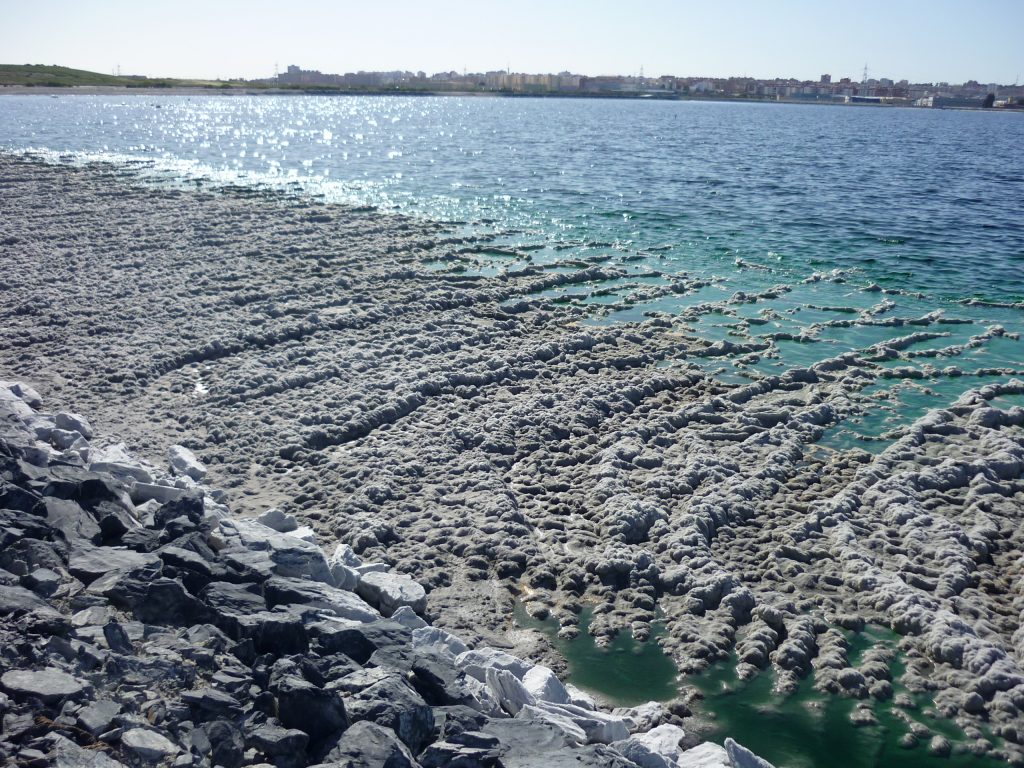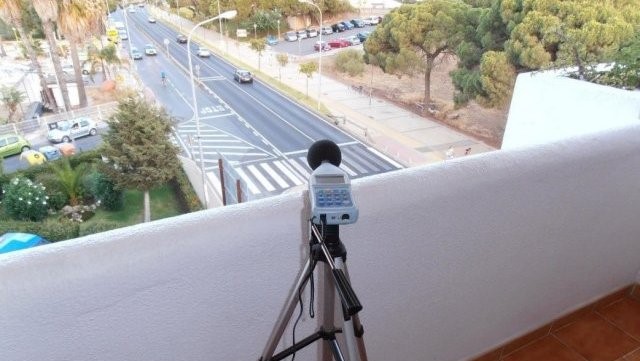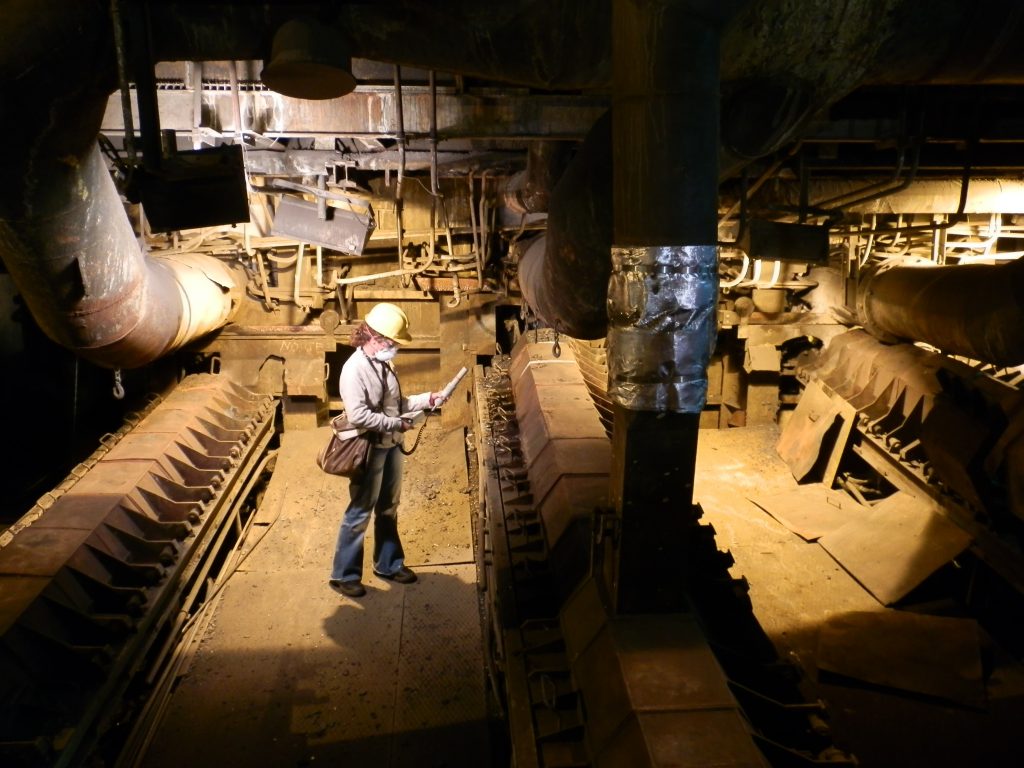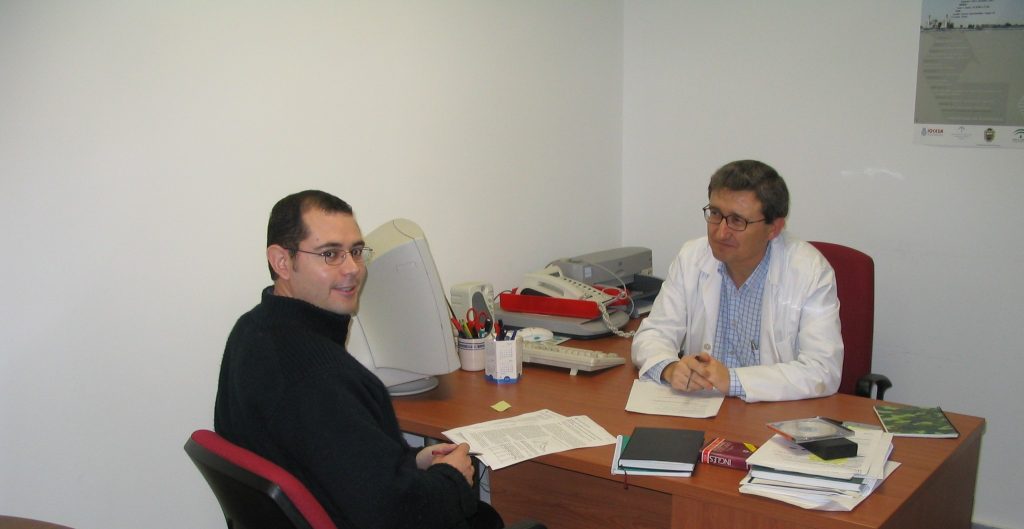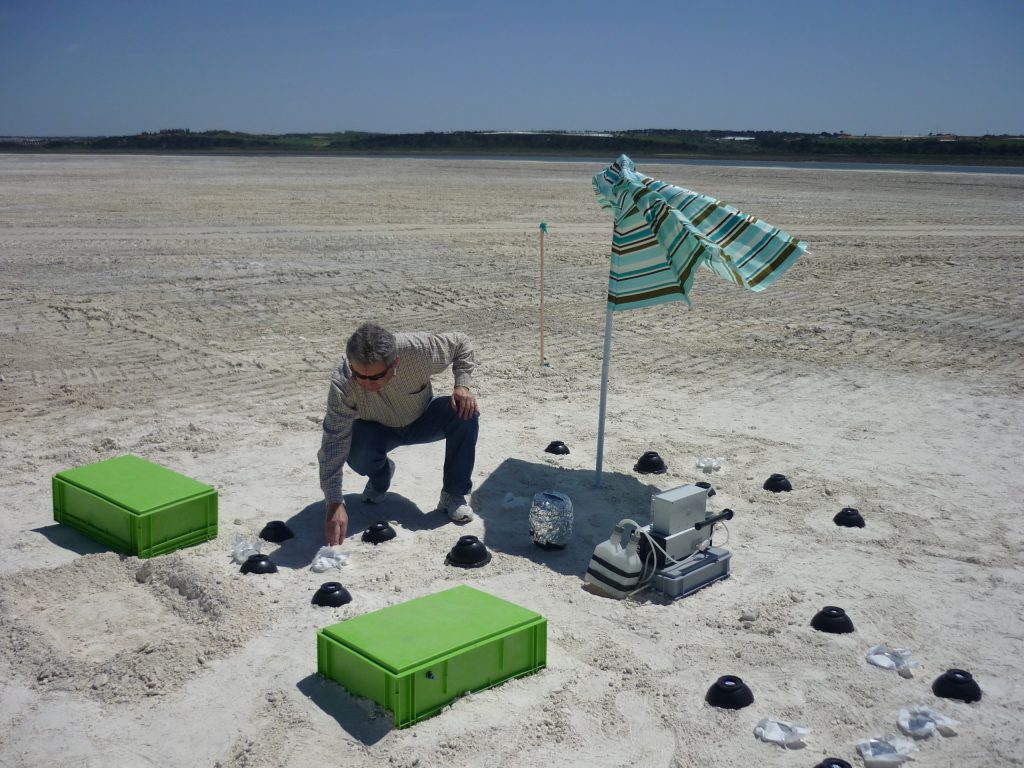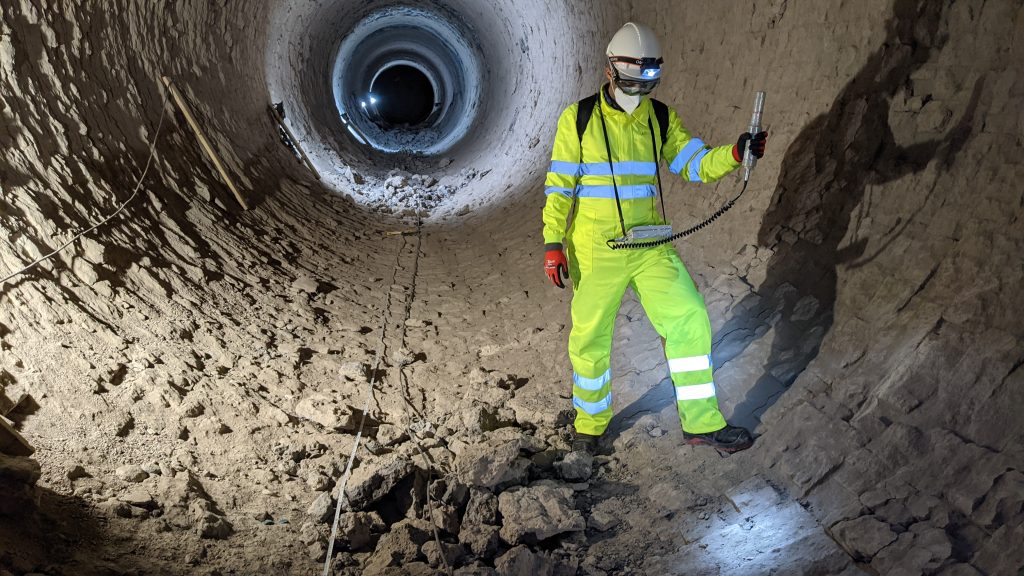Waste Valorization and Environmental Pollution Unit
Laboratory Menu
Presentation
The research group supporting this laboratory was established in 1992. The original research focus was environmental radioactivity, starting with the study of the radioactive impact generated by the phosphogypsum stacks located near the city of Huelva, and the use of these radionuclides to analyze the spatial and temporal evolution of existing contamination in the common estuary formed by the Odiel and Tinto rivers.
A significant research area in the field of environmental radioactivity has been the radiological assessment of NORM (Naturally Occurring Radioactive Materials) industries, which use raw materials containing radionuclides concentrations significantly above background levels or, throughout their industrial processes, generate intermediate or final materials with high levels of natural radioactivity. Industries involved in the production of phosphated fertilizers, titanium dioxide pigments, cellulose, industrial fillers, electrolytic copper, etc., have been studied.
The second research line was developed from 1998 onwards, under a collaboration agreement between FRYMA and the El Arenosillo Atmospheric Sounding Station, part of INTA (National Institute of Aerospace Technology), located 30 km from Huelva and very close (around 10 km) to the Doñana National Park. Under this collaboration, three doctoral theses were conducted focusing on the behavior of tropospheric ozone, its precursors, and radioactive aerosols in Western Andalusia (Southwest Spain). Additionally, several studies on atmospheric radioactivity were developed.
The third research line is similar to the name of this laboratory and is dedicated to the characterization and valorization of industrial inorganic wastes. The most suitable treatments and technologies need to be selected and applied in different cases, from both environmental and economic perspectives, considering valorization as an alternative to waste management in landfills and controlled repositories. Therefore, since around 2007, we have worked on the characterization and valorization of various inorganic industrial wastes, including the NORM category (naturally radioactive materials).
We have characterized and granted some applications in cements, concretes, and ceramics, among others, for wastes such as phosphogypsum (from phosphoric acid production), red gypsum from the TiO2 industry, sludges, etc. In this context, we have applied different material characterization techniques such as ICP-MS, XRD, XRF, SEM-EDX, alpha particle spectrometry, gamma spectrometry, laser diffraction granulometry, and thermogravimetric techniques (TG, DTG, TGA, etc.) to understand the properties of the wastes we aim to use.
The fourth research line is environmental acoustics, focused on studying and characterizing soundscapes in both urban and natural spaces, as well as the impact they have on the species existing in the respective habitats. This new line began in 2012 with the completion of a doctoral thesis. During this time, the characterization of the urban core of El Portil (Punta Umbría); the Natural Reserve of the Portil Lagoon; the Juan Ramón Jiménez University Hospital in Huelva, both in its interior and exterior areas; the NICU of the Centro Hospitalar Universitário do Algarve; four main roads in Huelva; etc., has been carried out. This has led to the production of five articles in indexed JCR journals and six presentations at international conferences.
EPICONTINENTAL WATER BIOLOGY GROUP
The Epicontinental Water Biology Group, part of the Department of Integrated Sciences, has a historical background linked to the analysis of the ecology, biodiversity, and conservation of continental aquatic ecosystems. This includes various research lines related to fish, aquatic macroinvertebrates, and otters, both basic and applied. One of the most significant has been the development of environmental quality indicator systems, applied to the Water Framework Directive.
Currently, the main research line refers to the avifauna of humanized environments, especially agricultural ones, and its role as an indicator of ecological status and conservation value of these environments. This issue is being addressed through three complementary alternative approaches: 1) the use of digitally accessible big data that allows addressing problems at large spatial, temporal, and taxonomic scales; 2) the use of model species exploiting anthropogenic and agricultural environments to varying extents, such as the lesser kestrel (Falco naumanni) and the common kestrel (F. tinnunculus); and 3) the development of objective tools for measuring biodiversity in these spaces, such as acoustic spectra and their relationship with biodiversity. For this, the group has four funded competitive projects, two with Feder funds, one from the Junta de Andalucía, and one from the Ministry of Science and Innovation.


